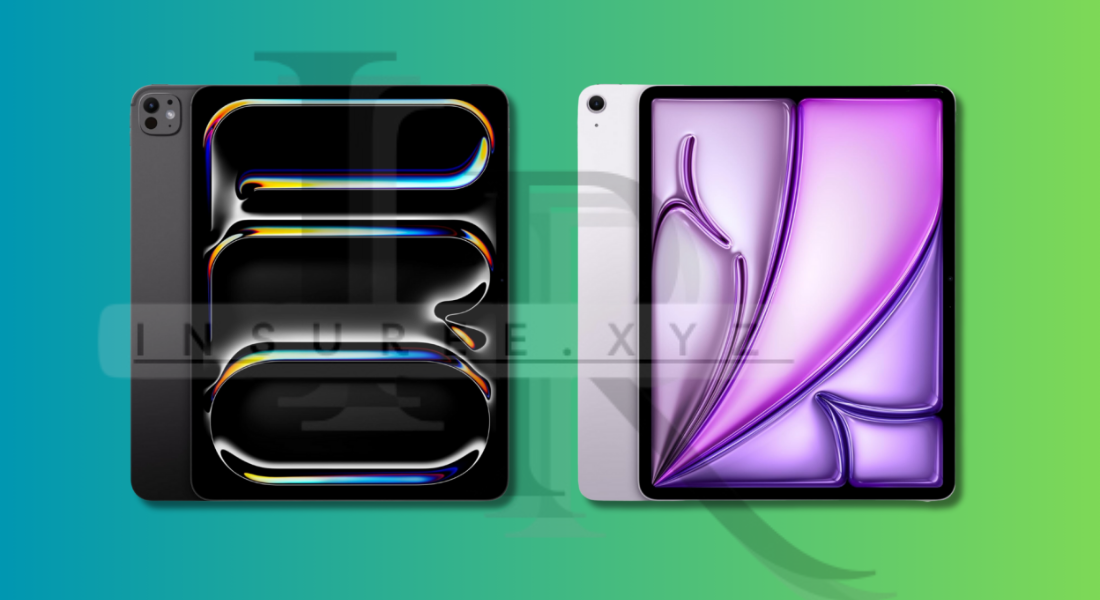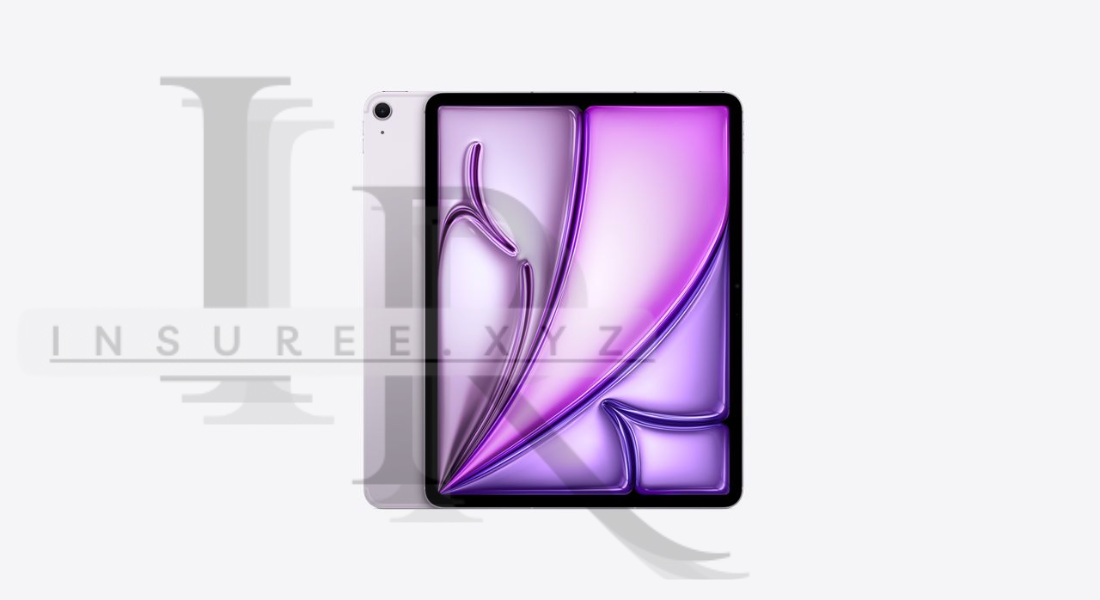Apple iPads are some of the most popular devices on the market, thanks to their sleek design, powerful performance, and long-lasting battery life. However, like all gadgets, their batteries can degrade over time, which might affect performance and user experience. In this article, we will delve into practical tips and strategies to help you optimize and extend the Apple iPad battery life, ensuring your device runs efficiently for as long as possible.
Understanding Apple iPad Battery Life
Before diving into ways to boost your iPad’s battery life, it’s essential to understand how the device’s battery functions. Apple iPads use lithium-ion batteries, which are designed to last for many years with proper care. On a full charge, your iPad can typically last anywhere from 10 to 12 hours of use, depending on the model and your usage patterns.
Several factors influence battery life, including screen brightness, active apps, wireless connections, and the overall health of the battery itself. Over time, your battery’s capacity can decline due to natural wear, but there are many ways to slow this process and extend the life of your device.
1. Adjust Screen Brightness
The iPad’s screen is one of the biggest power drains. By reducing the screen brightness or enabling Auto-Brightness, you can significantly extend your device’s battery life. Auto-Brightness adjusts the screen based on your surroundings, reducing unnecessary brightness when you’re in low-light environments.
To adjust screen brightness, swipe down from the top-right corner of your iPad to access the Control Center. From there, use the brightness slider to decrease the brightness level. You can also go to Settings > Display & Brightness and toggle the Auto-Brightness option to save energy.
2. Use Low Power Mode
Apple introduced the Low Power Mode feature to help save battery life when it’s running low. When enabled, this mode temporarily reduces certain features like visual effects, automatic downloads, and mail fetching. It’s a great option when you need your iPad to last longer but don’t want to worry about charging it immediately.
To activate Low Power Mode, go to Settings > Battery and toggle the switch for Low Power Mode. You’ll notice that certain features like animations and transitions become less smooth, but the trade-off is a significant boost in battery longevity.
3. Disable Background App Refresh
Background App Refresh allows apps to refresh content in the background, which can be convenient, but it also uses a lot of power. If you’re trying to save battery life, it’s a good idea to disable this feature for apps you don’t need running in the background.
To disable Background App Refresh, go to Settings > General > Background App Refresh, and select Off. You can also choose to allow it only for Wi-Fi, which saves battery if you’re not connected to a network.
4. Turn Off Push Notifications
Push notifications are an excellent way to stay updated with your apps, but they can also drain your battery by constantly syncing with the server. If you want to save energy, you might want to disable unnecessary push notifications.
To turn off Push Notifications, go to Settings > Notifications, and review the list of apps. For each app, you can choose to either disable notifications entirely or set them to be delivered less frequently. Limiting notifications can free up resources and contribute to extending battery life.
5. Manage Location Services
Location services are often used by apps that track your location for navigation, weather, or location-based services. However, these services can be battery-intensive if they are constantly active in the background. You can manage location services to ensure they only activate when necessary.
Go to Settings > Privacy > Location Services and either turn off location services for individual apps or switch off the entire feature. You can also set apps to While Using the App, so they only track your location when the app is open and in use.
6. Disable Automatic Downloads and Updates
Automatic downloads and updates can also consume a significant amount of battery. While these features ensure that your apps and content are always up-to-date, they may not be necessary when you’re trying to preserve battery life.
To disable automatic downloads and updates, go to Settings > App Store, and toggle off Automatic Downloads and App Updates. You can manually update apps when you’re plugged into a charger or have a sufficient battery charge.
7. Turn Off Wi-Fi and Bluetooth When Not in Use
Both Wi-Fi and Bluetooth are critical for connecting to the internet and other devices, but if you’re not actively using them, they can be a drain on your battery. Always remember to turn them off when you’re not using them to conserve power.
To turn off Wi-Fi, go to Settings > Wi-Fi, and toggle the switch off. Similarly, you can turn off Bluetooth by going to Settings > Bluetooth and disabling it. Alternatively, you can disable both features quickly via the Control Center by tapping their respective icons.
8. Keep Your iPad Software Up to Date
Apple frequently releases software updates that improve the overall performance of your iPad, including battery management. Updating your iPad to the latest version of iPadOS ensures that you’re benefiting from any optimizations or bug fixes related to battery life.
To check for software updates, go to Settings > General > Software Update. If an update is available, you can download and install it. Regular updates help ensure that your iPad runs as efficiently as possible.

9. Limit Intensive Apps and Tasks
Certain apps and activities, like gaming, video streaming, or heavy multitasking, can be particularly taxing on your iPad’s battery. If you’re noticing a significant drop in battery life while using these apps, consider taking a break or limiting their use when you’re relying on your battery.
You can also view which apps are consuming the most battery by going to Settings > Battery, where you’ll see a detailed breakdown of your usage. This feature can help you pinpoint apps that are draining more battery than expected.
10. Battery Health and Charging Habits
Over time, the battery health of your Apple iPad may decline. Apple offers a feature that shows the maximum capacity of your battery, giving you a better idea of its current health.
To check your battery health, go to Settings > Battery > Battery Health. If the battery’s maximum capacity is significantly reduced (below 80%), it might be time to replace the battery. Regularly charging your iPad to 100% isn’t always necessary. Apple recommends keeping the battery charge between 20% and 80% for optimal health.
11. Turn Off Vibrations
Vibrations use a small amount of battery, but over time, they can add up. If you don’t need vibrations for notifications, consider turning them off to save power.
To disable vibrations, go to Settings > Sounds & Haptics and turn off Vibrate on Ring and Vibrate on Silent.
Conclusion
Maximizing your Apple iPad battery life doesn’t have to be a difficult task. By following these simple tips—like adjusting screen brightness, enabling Low Power Mode, managing background apps, and taking care of your battery health—you can ensure that your iPad lasts longer, whether you’re using it for work, play, or entertainment. With proper management and good charging habits, you can make the most out of your iPad and avoid unnecessary battery drain.
So next time you’re wondering how to improve Apple iPad battery life, remember these strategies, and enjoy longer usage without constantly worrying about recharging. Happy iPad-ing!
